Expert ACL Physiotherapy for Faster Recovery and Long-term Knee Health
What comprises Women's Health Physiotherapy?
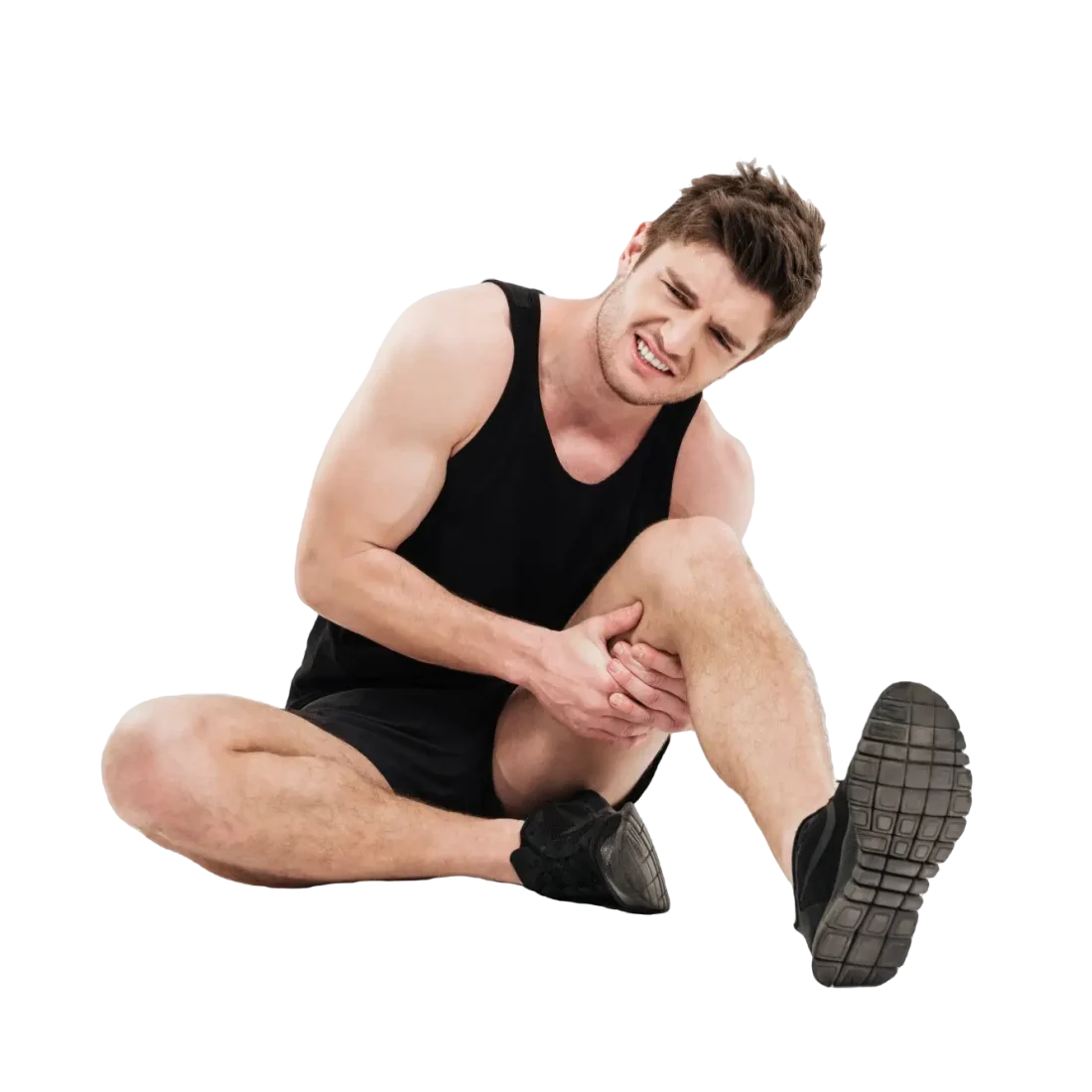
ACL injuries are becoming more common and a significant concern, particularly among athletes and active individuals. Studies show that ACL injuries are increasingly prevalent worldwide, with approximately 3 lakh cases reported annually.
The impact of ACL injuries on daily life can be profound. In addition to discomfort and limitation in performing several day-to-day activities, ACL injury has a potential risk for early onset of osteoarthritis. It even affects the person’s psychological aspect, reducing their confidence and quality of life. Hence, there is an absolute need to effectively manage ACL injuries to restore mobility and prevent future complications.
At the Exercise prescriptor clinic, we have expert ACL physiotherapists who specialize in treating ACL injuries, be it non-surgical rehabilitation, or post-surgical rehabilitation. We have successfully treated 500+ ACL injuries with a record of better and faster return to normal living. We are dedicated to helping you return to your better self, minimizing the negative effects of ACL injury.
Understanding ACL Injuries: What You Need to Know?
The ACL is a crucial structure in the knee joint as it has so many roles in knee joint functioning.
- It controls approximately 85% of the anterior tibial translation (which means it prevents your leg from popping out when the knee is bent)
- It controls and takes care of all the twisting and turning happening in your leg by taking up the rotational load. It prevents excessive tibial medial and lateral rotation, as well as varus and valgus stresses.
- Despite that, ACL also has proprioceptive function due to the presence of mechanoreceptors. Because of that an ACL injury might therefore be regarded as a neurophysiological dysfunction and not as a simple peripheral musculoskeletal injury.
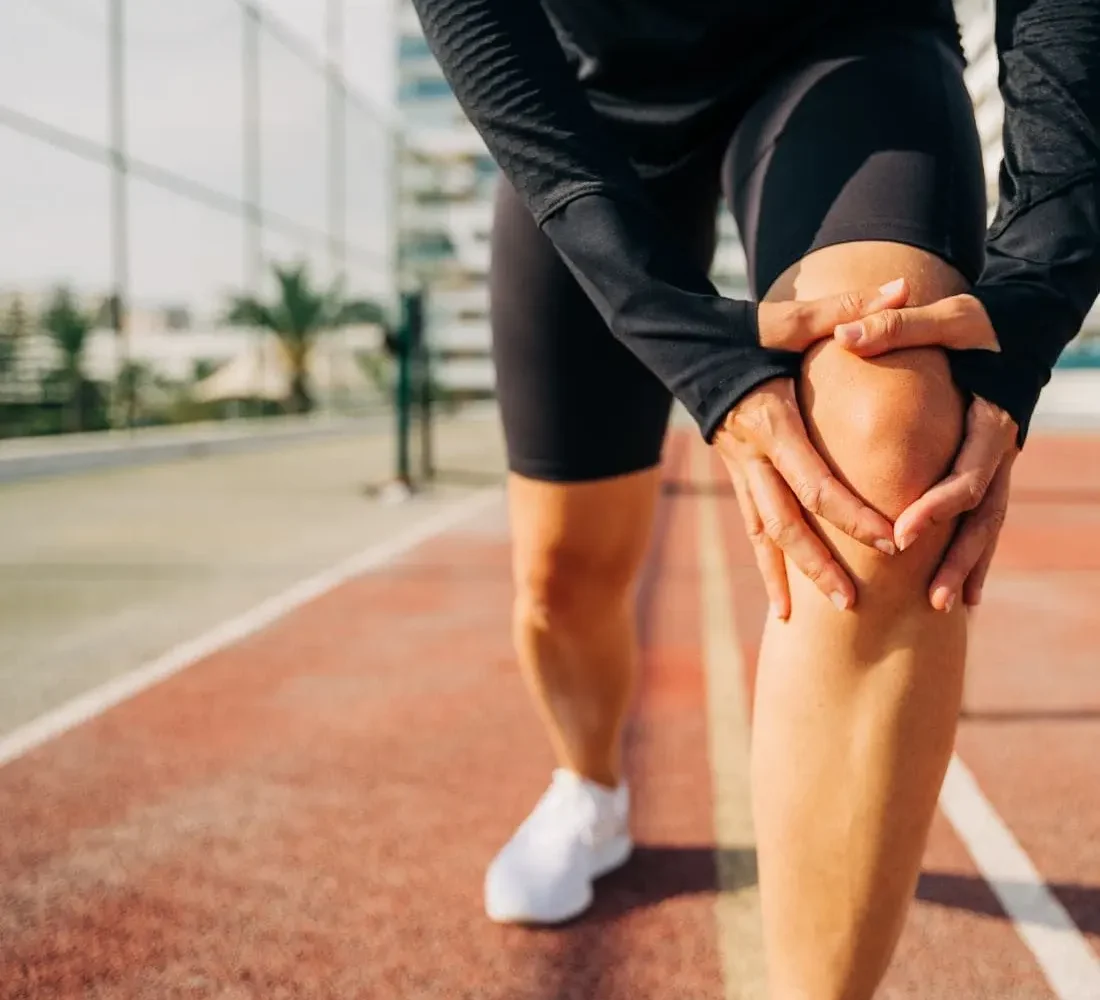
Types of ACL Injuries
ACL injury can be classified as a grade I, II, or III sprain depending on the severity of the damage to the ligament.
The fibers of the ACL ligament are just stretched, but not torn. So, there will be a little tenderness and swelling around the knee. Doing activities will be comfortable without the feeling of your knee giving out or instability during the activity. However, loading may cause pain during the early stages.
The fibers of the ACL ligament are partially torn or incompletely torn. Little tenderness and moderate swelling will be seen with some loss of function. The knee joint may feel unstable or give out during activity.
The fibers of the ligament are completely ruptured, and the ligament itself is torn completely into two parts. There is tenderness, but limited pain, especially when compared to the seriousness of the injury. There may be a little swelling or a lot of swelling. The ligament can no longer be viable to control knee movements. The knee feels unstable or gives out at certain times.
Mechanism of ACL injuries
ACL injury is a commonly occurring and frequently recurring injury. Knowledge about the mechanisms of ACL injury is very essential for formulating training and treatment programs for management of ACL tears as well as the prevention of recurrent injuries.
High-impact sports/ activity
High-impact sports like football, basketball, or skiing involve rapid movements, jumps, and sudden stops, which place extreme stress on the knee joint. Repetitive high-impact activities can lead to muscle fatigue, making it challenging for the ACL ligament to maintain the knee's stability and the ACL becomes more susceptible to injury.
Direct blow to knee
A direct blow to the knee, especially from the sides, can force the knee joint to move beyond its normal range. In such cases, the tibia may shift out and away from the femur, overstretching the ACL and leading to ACL injury
Awkward Landing from a Jump
During a jump, when we land with poor alignment or on an uneven surface, the knee joint is susceptible to excessive shear forces, which places a lot of stress on the ACL. If the weight is not evenly distributed when landing, it can cause the knee to twist or buckle, leading to an ACL tear.
Rapid Directional Change
Changing direction suddenly places rotational forces on the knee joint, which can strain or tear the ACL. The knee may buckle or give way during abrupt direction changes, increasing the chance of potential ACL injury.
Collison injury
The knee may twist or hyperextend suddenly during a collision, which places a huge stress on the ACL beyond its capacity and leads to an ACL tear
Sudden pivoting movement
If the foot is planted while the body pivots, the ACL can be subjected to excessive twisting forces, leading to injury.
Symptoms of ACL injuries
ACL injuries present with certain specific symptoms which are helpful in the proper diagnosis and appropriate treatment of ACL injuries.

Resting Pain
ACL injury may cause pain even when the knee is not loaded or under any stress. Pain can be a dull, aching sensation that persists while sitting, lying down, or at rest. This pain may present throughout the day and may interfere with sleep or relaxation.

Limited knee range of motion
Muscle guarding and stiffness after ACL injury may not allow the knee joint to fully extend or flex, making it hard to perform activities that require bending or straightening the leg. Movements may feel restricted or incomplete and become a limitation that affects daily activities, sports, and overall mobility.
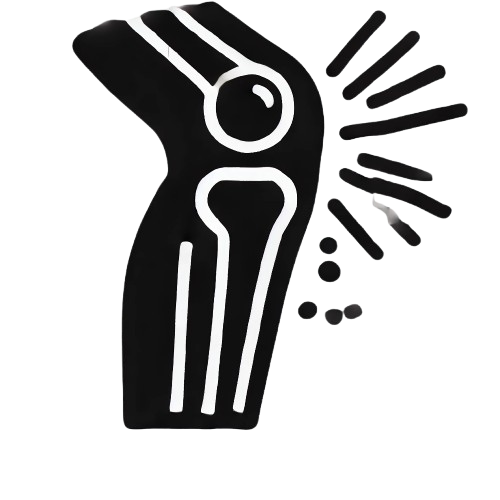
Popping sound
A popping sound or sensation is often felt or heard at the moment of injury.

Loading pain
A sharp or stabbing pain felt in the knees when the knee is loaded, especially during weight-bearing activities like walking, standing, or climbing stairs. Pain intensifies with increased load on the knee.

Swelling
Swelling usually occurs rapidly within a few hours of the injury, due to the accumulation of fluid (effusion) in the knee joint. Accumulation of fluid can interfere with movement and cause discomfort. Swelling may fluctuate, becoming more pronounced with activity and subsiding with rest and elevation.
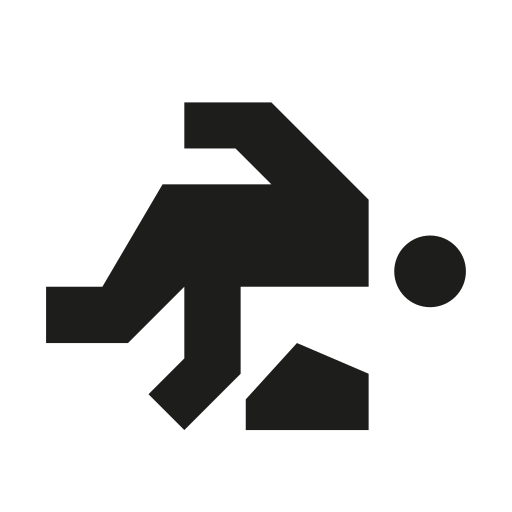
Feeling of instability
The knee may feel like it’s giving away or about to buckle, particularly during activities that involve pivoting, changing direction, or walking on uneven surfaces.
Our diagnostic approach to ACL
We will conduct a complete assessment of your knee functions through physical examinations, understand the mechanism of injury, and then correlate it with imaging like MRI reports. Even though MRI reports show similar changes, the impact of injury might differ from person to person depending on their fitness level, needs, goals, and beliefs. So, we won’t devise a treatment plan depending on MRI reports alone, because it shows your anatomy, not your pain. Instead, we do a thorough analysis of the injury, its impact on life, and the patient’s psychological perspective of that injury, and based on that we will make a proper treatment protocol that suits the patient.
Our Treatment Approach: Customized ACL Rehabilitation Programs
We avoid passive treatment approaches like applying modalities, tapes, needles, and cups in favor of active solutions.
By thoroughly assessing each patient’s unique pain patterns, we tailor specific exercises and techniques to address their pain directly.
This proactive approach helps to modulate pain through movement, reducing discomfort over time, and ensuring better results.
We begin with a detailed analysis of a patient’s range of motion and flexibility. Based on this our ACL Physiotherapists design targeted mobility exercises that address specific limitations.
Our approach not only aims to restore normal joint function but also improves overall movement efficiency.
Our strength and conditioning program is built around the principle of progressive overload, where exercises are systematically intensified to promote strength.
We use detailed assessments to select exercises that align with the patient’s strength deficits and goals, ensuring a targeted and effective approach
We focus on developing precise motor control through proprioceptive training that enhances coordination and neuromuscular efficiency.
By incorporating functional movement patterns and stability challenges, we help patients improve their ability to perform complex movements with greater accuracy.
Better motor control reduces the risk of re-injury and enhances overall functional performance.
Our program incorporates a strategic increase in physical activity tailored to the patient’s rehabilitation phase and fitness level.
We emphasize the gradual integration of various activities to build endurance and strength to support long-term physical health.
We implement a series of exercises specifically designed to enhance joint stability and balance. Improved stability ensures better joint support and control thereby reducing the risk of future injuries.
Endurance training is customized to progressively challenge the patient’s cardiovascular and muscular systems.
We incorporate a variety of activities to build stamina and support sustained physical performance.
Increases in endurance contribute to better overall performance in both daily activities and sports.
Our agility training includes exercises that improve quickness, coordination, and directional changes. These drills are designed to enhance functional movement and support sport-specific skills, making the ligament accommodate the sport-specific demand well and avoid any further injury.
We implement a structured return-to-running protocol that starts with low-impact activities and gradually increases in intensity.
This approach ensures that the knee can handle the stresses of running while minimizing the risk of re-injury.
Our program includes sport-specific exercises to prepare patients for the demands of their particular sport.
Our Sport-specific training ensures that athletes are physically and mentally ready for the demands of the particular sport they are involved in.
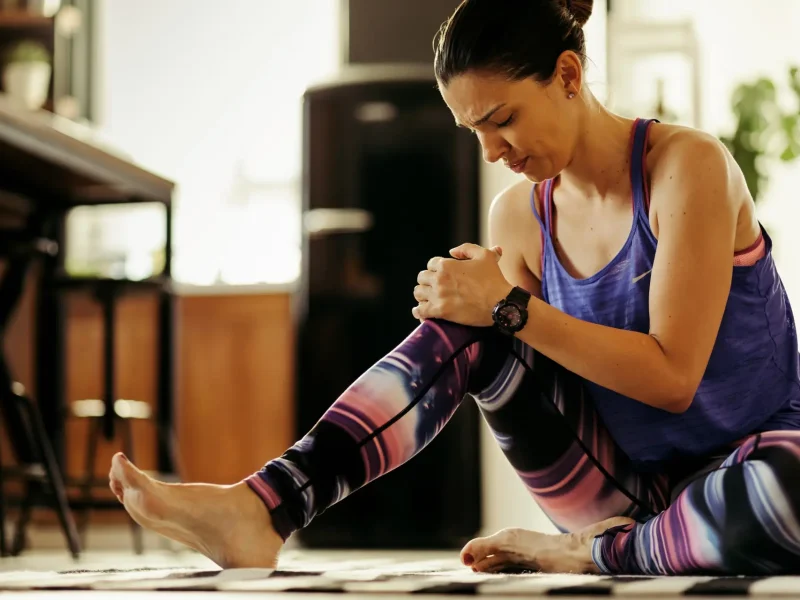
Can ACL injuries heal without surgery?
Recent research supports that an ACL injury even if it’s a full tear, can heal without surgery in certain cases, provided that a structured rehabilitation program is followed.
Physical rehabilitation after an ACL injury is essential for a successful recovery and return to daily activities as well as sports. Proper rehab ensures that you heal properly, regain full function, and minimize the chances of recurrence of ACL injury in the future, leading to a better quality of life.
Is rehabilitation necessary for pre and post-surgical periods?
Physical therapy rehabilitation is crucial both before and after ACL surgery. Pre-surgical rehab, known as prehabilitation, helps to strengthen the muscles around the knee and improves the range of motion, which can lead to a smoother and more effective surgical procedure and quicker post-surgery recovery.
Post-surgical rehab is essential for restoring function, rebuilding strength, and improving mobility as you recover from the surgery. It aids in managing pain, preventing complications, and ensuring a successful return to normal activities and sports, as well as the prevention of recurring injuries.
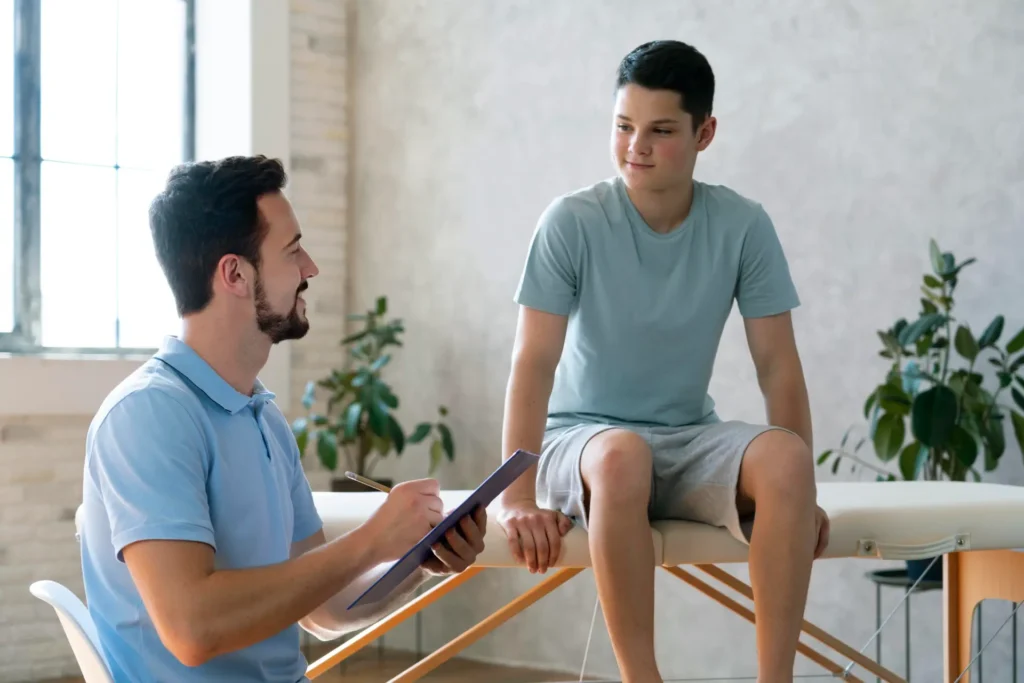
Why choose us?
Avoid Unnecessary Surgeries and Future Arthritis
Our advanced rehabilitation techniques are designed to address ACL injuries effectively without the need for invasive surgeries that could lead to osteoarthritis and other complications
Comprehensive Complication Prevention
ACL physiotherapists address and manage ACL injury complications proactively, reducing the likelihood of issues such as joint stiffness and chronic pain.
Get Back to Your Normal Life
Our rehabilitation program is designed to help you regain full functionality, making everyday activities easier and pain-free. It helps to improve your overall quality of life, allowing you to enjoy activities you love without limitations
Return to Running and Sports with Confidence
We offer targeted sports-specific rehabilitation exercises that prepare you to safely return to running and sports, enhancing your performance and reducing the risk of re-injury.
Expert Care from ACL physiotherapists
Our team consists of highly skilled and experienced ACL physiotherapists who are experts in treating ACL injuries and implementing cutting-edge rehabilitation techniques.
Proven Success with Zero Negative Outcomes
We have successfully treated over 500+ ACL patients with consistently positive results, demonstrating the effectiveness of our approach. Our commitment to evidence-based practices has led to a remarkable track record of zero negative outcomes, showcasing our dedication to successful rehabilitation.
Our Tele-rehabilitation for ACL injury patients
Our tele-rehabilitation program for ACL injuries offers a convenient and effective solution for patients seeking high-quality care from the comfort of their own homes.
Through our online platform, you receive personalized rehabilitation plans tailored to your specific needs, ensuring that you get the same level of attention and expertise as in-person sessions.
Despite the virtual format, we guarantee 100% results by leveraging evidence-based practices and maintaining close communication to address any concerns promptly.
Book your consultation today
Don’t let an ACL injury hold you back. Contact us today to schedule your consultation and take the first step toward a full recovery. Our experienced team is here to guide you every step of the way, ensuring you return to your daily activities stronger and more resilient.